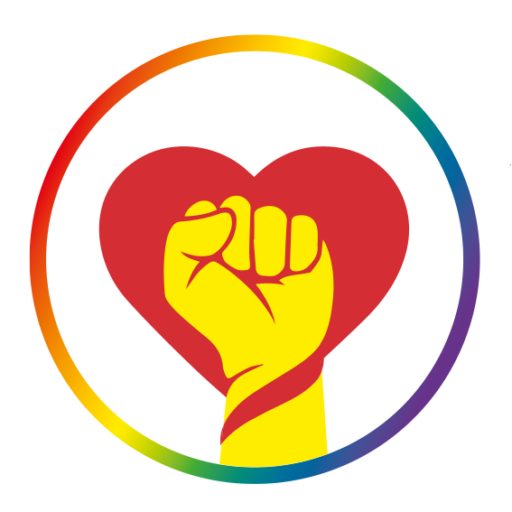LESSON 7
Humans are full of biases. For Better or for Worse?
Learning Outcomes
- You will develop a general awareness that our attitudes are influenced by biases
- You will learn to identify some biases that might influence your target group's reaction to your campaign
As we saw in previous lessons, communication is all about framing.
But the way people interpret our frames is also heavily influenced by a series of biases, which are ways that the messages we sent get distorted when they reach our targets.
Communications experts have over time identified several biases which contribute to explaining the “irrational” factors that shape our attitudes (and which explain in parts why our attitudes don’t match the information we hold) and the gap between attitudes and behaviors.
Similarly to biases, some persuasion tactics can be leveraged in order to favor attitude change or, mainly, transform attitudes into behaviors. These will be explored in the next lesson.
While these biases and tactics are interesting to gain insights into social psychology, and offer interesting food for thought, it should be clear that they only have a limited effect on shaping attitudes. Indeed, trying to make the biases work our way will only work with a very moveable middle target, i.e. people who will only need a very little push in order to change their position on an issue.
These biases and tactics will be much more effective in bridging the attitude-behavior gap, in other words in getting people who express a positive attitude towards sexual and gender minorities to also act on it, for example by signing a petition or making a donation..
With that in mind, their power is sometimes quite impressive.
